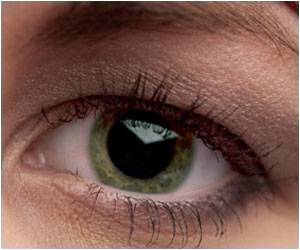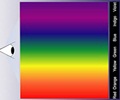Scientists have taken up on gaining new insights on understanding how the brain perceives colour and its ability to stabilise on the perception of an object's colour as lighting conditions change.

Sarah Allred from Camden Allred said that the brain processes perceptual differences between black and white objects even when illumination of the object changes, as, if the brain did not do this, it would fail to distinguish colour shade in different light.
She also said that in general white objects reflect about 90 percent of the light that hits them, and black objects reflect about three percent, a ratio of 30-to-1.
"However, if you look at the intensities of light that enter the eye from a typical scene, like a field of lilies, that ratio is much higher, usually somewhere between 10,000-to-1 and a million-to-1," Allred said.
This happens because in addition to having objects with different reflectance, real "scenes" also have different levels of illumination. One example might be a shadowed area under a tree.
Allred and the psychologists from the University of Pennsylvania conducted an experiment where participants viewed images that had a very large range of light intensities.
Advertisement
If the visual system relied only on ratios to determine surface lightness, then the ratio of checkerboard intensities the participants reported should have had the same ratio as that of the black and white samples on the reflectance scale, about 100-to-1.
Advertisement
"This research is important because we have falsified the ratio hypothesis, which is currently the most widely invoked explanation of how we perceive lightness," she said.
"We also were able to reject several similar models of lightness. We were able to do this because we measured lightness in such high-range and relatively complex images.
"In addition, even though we used behavioural rather than physiological measures, our results provide insight into the neural mechanisms that must underlie the behavioural results," she added.
The study will be published in the journal Current Biology.
Source-ANI










